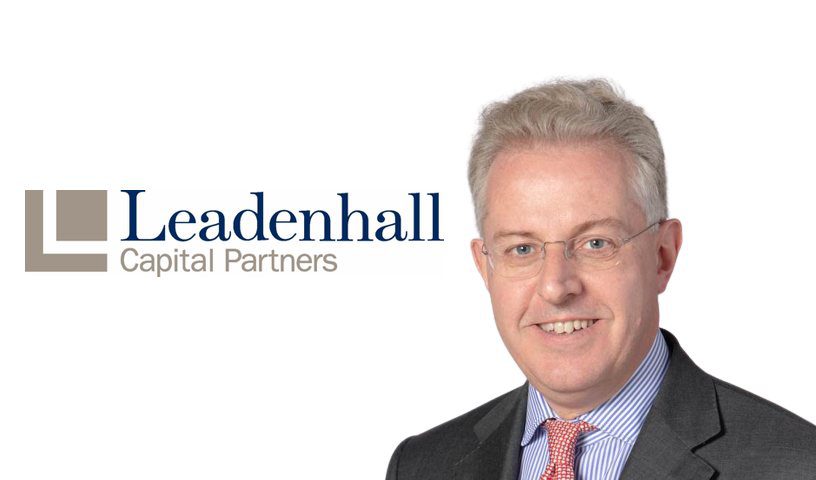When it comes to ESG, governance should be a given in ILS: Albertini

For the insurance-linked securities (ILS) market, the ‘G’, or governance, within ESG, should always have been a given, as the industry needs to have strong governance around its underwriting practices, Luca Albertini, CEO of Leadenhall Capital Partners explained to Artemis.
ESG, or environmental, social and governance has become one of the hottest topics in the investment world and this has raised the topics profile within the insurance-linked securities (ILS) community, so ILS managers focus on ESG has also risen.
But Albertini of Leadenhall Capital Partners believes there is a need to focus on the areas of ESG where a real difference can be made, while some other areas, such as governance, should be part of standard ILS and reinsurance industry practice.
On what the industry needs to do to further its ESG ambitions, Albertini told Artemis that its important to, “Reach a consensus as an industry on the information which are a requirement (or must have) from now (i.e. without which we cannot allocate capacity). My view on these is that they relate mainly to governance and social aspects.
“The reason governance information is required and is a condition precedent to investment, is that it should have always been a key focus for a good underwriter.
“At Leadenhall we have a governance checklist covering questions ranging from understanding the ownership, the governance bodies, the reserving process and its track record, the track record of the claims process (including LAE analysis), any issue with auditors and shareholders.”
But it’s also important to get to this consensus on what information is going to be required to demonstrate the ESG qualities of an ILS investment or portfolio, Albertini explained, while the industry also needs to be realistic and be clear on what pieces of information are just nice to have.
“Another challenge for the ILS market is to better define the short and medium objectives of ESG investments and to coordinate efforts also with the brokers so that the right message dissemination and data requests are given,” Albertini said.
“ILS is very aligned with ESG objectives, but the right execution will support our credibility with ESG investors and create a sustainable link with that capital pot.”
In addition, Albertini highlighted that a concerted effort on ESG within ILS will need all parties to be involved.
“Brokers are key in this process as they can liaise with the cedents and the cat bond sponsors to tell the industry what information is easier to obtain and for the more difficult bits what solutions are available.”
But he also feels there could be an opportunity for investors to increasingly push for ESG disclosure in the current reinsurance hard market.
“Investors, particularly in this hard market, have a golden opportunity to exercise pressure on cedents and cat bonds sponsors to provide information and to display an ESG compliant behaviour and processes.
“Ultimately capital will support ESG compliant companies and bad actors will see an increase in their cost of capital as they will find it harder to attract alternative capital to their propositions,” Albertini said.
Albertini would like to see a more consistent approach to ESG across the ILS market, with a harmonised strategy as to what is required from cedents and how other actors can help to deliver.
“For now, there are a number of approaches, some of which are informed by the regulation of the jurisdictions where investment funds are based.
“Hopefully the market will be able to embrace all of these approaches to provide consistent feedback to brokers and counterparties about what is critical in our ESG analysis,” Albertini explained.






